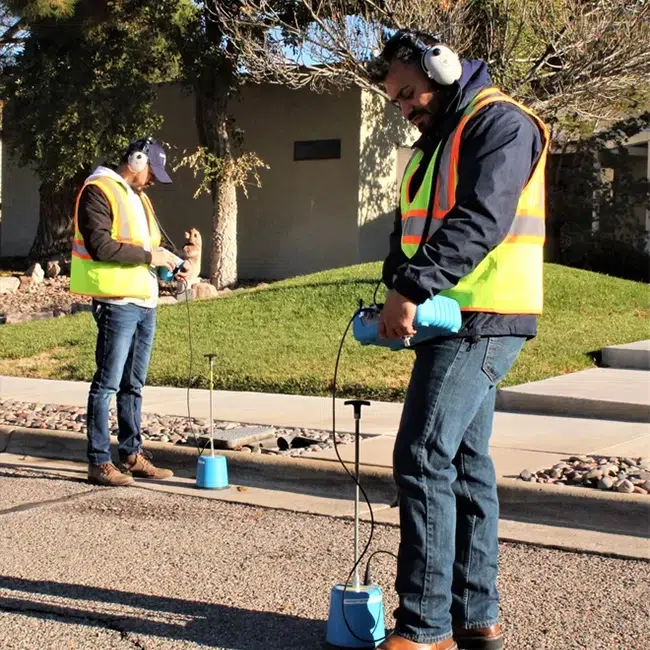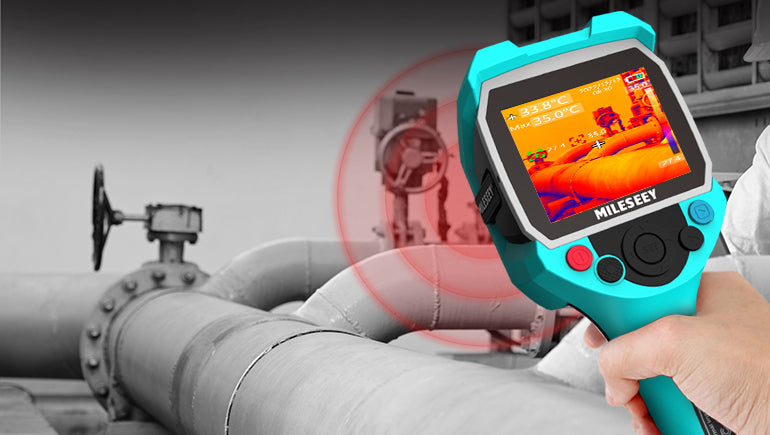Water Leak Detection: How to Identify and Fix Leaks Before They Cause Damages
Water Leak Detection: How to Identify and Fix Leaks Before They Cause Damages
Blog Article
Ingenious Solutions for Very Early Detection of Water Leakages in Buildings and Infrastructure
From innovative leakage detection innovations to the implementation of IoT sensing units for real-time monitoring, the landscape of leakage avoidance is evolving swiftly. Automated water circulation analysis systems are improving how leakages are identified and attended to, paving the means for a positive technique to water leak discovery.
Advanced Leakage Detection Technologies
Advanced leakage detection technologies, furnished with innovative sensing units and algorithms, play a crucial duty in quickly recognizing and determining water leakages in numerous settings. These technologies employ a combination of acoustic, thermal, and electromagnetic sensing approaches to discover leakages accurately. Acoustic sensing units spot the sound of running away water, permitting for exact localization of the leak resource. Thermal imaging detects temperature level modifications caused by water leakage, offering one more efficient approach for leakage identification. Electromagnetic sensors can recognize changes in magnetic fields created by water, supplying yet another layer of leakage discovery capability.

IoT Sensors for Real-Time Tracking
In the realm of modern water leak detection, the assimilation of IoT sensors for real-time tracking represents an essential innovation in improving proactive leak discovery capacities. These sensors use constant surveillance of water supply, offering real-time data on water circulation rates, pressure variants, and temperature level changes. By leveraging IoT innovation, these sensors can identify also the tiniest abnormalities in water use patterns, enabling early identification of potential leaks prior to they escalate right into significant issues.
IoT sensors transmit information to a central system, where innovative formulas examine the info and create signals or alerts when abnormalities are identified. This real-time surveillance capability enables homeowner or facility supervisors to quickly address leakages, minimizing water damage, reducing repair work expenses, and conserving water sources.
In addition, IoT sensing units can be integrated with structure administration systems, permitting look at this site automatic responses to detected leakages, such as shutting down water valves or turning on pumps to minimize the effect of leaks. On the whole, the application of IoT sensors useful reference for real-time monitoring dramatically improves the efficiency and performance of water leakage detection in structures and facilities.
Maker Knowing Algorithms for Leak Forecast

One key benefit of using equipment understanding for leakage prediction is its capacity to constantly find out and improve its precision in time. As more data is gathered and fed right into the formula, it can improve its forecasts and adjust to changing conditions, ultimately increasing the reliability of leak discovery systems.
Moreover, machine understanding algorithms can aid in determining refined indications of leakages that may go undetected by standard monitoring techniques. water leak detection. By analyzing complicated information embed in real-time, these formulas can supply very early warnings and signals, permitting punctual intervention and preventative maintenance to alleviate potential water damages and linked costs
Using Thermal Imaging for Leakage Detection
Thermal imaging technology uses an encouraging strategy for spotting water leaks in different systems and frameworks. By utilizing pop over to these guys infrared radiation and temperature variations, thermal imaging electronic cameras can identify hidden leaks that are not quickly noticeable to the naked eye.
One of the key benefits of thermal imaging for leakage detection is its non-intrusive nature. On the whole, the use of thermal imaging technology boosts the effectiveness and accuracy of water leakage detection, making it a beneficial tool for maintaining the stability of buildings and frameworks.
Automated Water Flow Evaluation Solutions
Just how can automatic water circulation analysis systems revolutionize the detection and management of leakages in various systems and frameworks? Automated water flow evaluation systems provide an aggressive technique to leakage detection by continually monitoring water circulation rates and patterns. By developing baseline data, these systems can promptly determine discrepancies that might indicate a leakage, enabling punctual intervention to avoid substantial damage.
These systems use advanced formulas to analyze real-time data and give immediate notifies when anomalies are found, enabling quick activity to be taken. In addition, automated water circulation evaluation systems can be integrated with building administration systems or IoT systems, enhancing general performance and enabling remote tracking capacities.
Furthermore, the data collected by these systems can be used for predictive maintenance purposes, helping to identify prospective weak points in the facilities prior to leaks happen. In general, the application of automatic water flow analysis systems can considerably improve leak discovery and monitoring methods, eventually resulting in cost financial savings, lowered water wastefulness, and boosted sustainability in buildings and infrastructure.

Final Thought
Finally, the integration of sophisticated leakage discovery technologies, IoT sensors, artificial intelligence algorithms, thermal imaging, and automatic water circulation analysis systems offers innovative solutions for very early discovery of water leakages in structures and framework. These modern technologies make it possible for real-time surveillance, forecast of leakages, and reliable discovery techniques to stop water damages and waste. Carrying out these options can assist in maintaining the integrity and sustainability of water supply in various settings.
Report this page